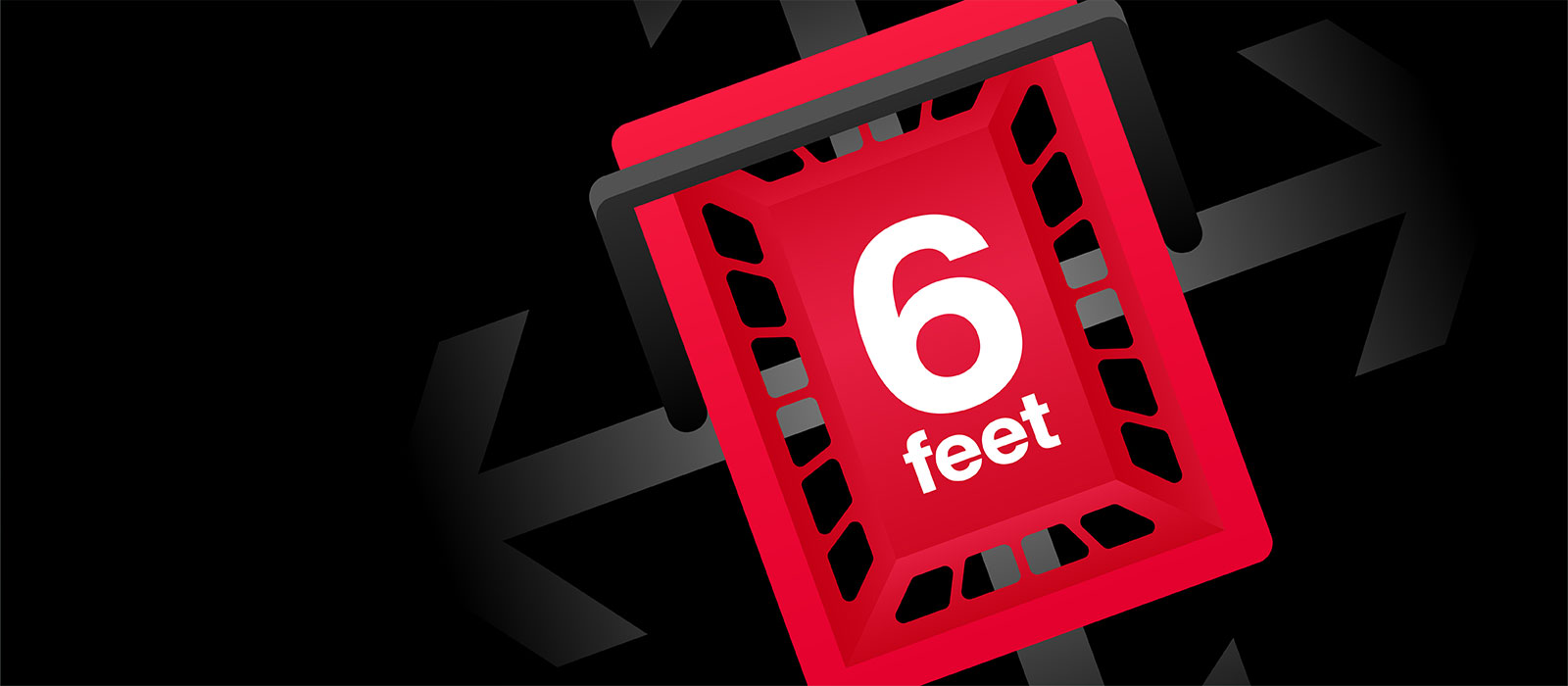Grocery Retailing Opportunities After the Pandemic
April 20, 2020

Lee Carpenter, Partner and CEO of ChangeUp, shares ideas for reimagining grocery retail post-pandemic including pick-up areas, self-serve, full-service departments, and design for social distancing at checkout.
In this time of unprecedented change, the Retail Food Industry has responded rapidly and honorably to a massive shift in the food distribution system in this country. With restaurants and bars closed under executive order, grocery retailers have scrambled to feed America. Without their diligence and supreme front-line efforts, this crisis could have been far worse.
That said, the COVID-19 crisis will change grocery retailing significantly in the future. Social distancing, disinfecting, and the fear of contamination will remain foremost in the minds of consumers for the foreseeable future. Having worked with many of the major grocery store chains, from the biggest to the smallest and big box to upscale, we know the industry was slowly evolving before the virus. Now the industry has an opportunity to respond responsibly and creatively to continue to grow and better serve its customers.
Post-Pandemic Opportunities for Grocery Retailing
Although there are many significant opportunities, we see five things grocery retailers must understand to stay ahead of the curve in this very competitive industry:
E-commerce will Continue to Grow Substantially
In the past, online retail was barely 5% of grocery revenue. That number has gone up considerably during the crisis and may be more than 7% this year. We believe most consumers will still want to shop in grocery stores when the pandemic is over but e-commerce will stay at a higher level and continue to grow since many people are now familiar and comfortable with ordering groceries online during this crisis. Retailers must look at and study the analytics of their online ordering sites and software to make sure the customer’s user experience is easy, fast, fresh, and memorable.
Grocery Pick-Up will Change Exponentially
Order Online / Pick-Up in Store was growing in popularity before the COVID-19 crisis. In the future, it’s going to be table stakes for all grocery retailers. Today’s store pick-up areas are confusing and usually “force-fit” onto existing buildings not designed to accommodate them. Most are primitive temporary structures and often don’t provide shelter from rain and weather. Signage and wayfinding are often confusing for drivers and dangerous to shoppers on foot entering or exiting the store. Impulse buying opportunities are very limited or not available. Visibility to the pick-up location by in-store staff is often difficult, creating delays and confusion. This area is ripe for design and differentiation in this very competitive industry.
Reinvent Self-Serve
Salad bars and hot food bars are going away in their present form. Many grocers have recently added long runs of both hot and cold pre-prepared food lines for time-constrained consumers looking for lunch and dinner options. The plexiglass shields in these areas are minimally effective, and the chance for contamination is obvious. Most stores have already taken these down or closed them completely. Self-serve is a wonderful area for profitable growth, and customers love these pre-prepared food stations. Still, grocers must rethink and redesign these areas with an emphasis on hygiene and contamination.
Rethink Full-Service Departments
Some of the most profitable and visually exciting areas in grocery stores today are the full-service meat, seafood, deli, and bakery departments. The case design is clean, the presentation of product is beautiful, and the risk of contamination is minimal. The issue is that, second only to checkout, service cases are where shoppers congregate and interact with store employees. With shoppers less willing to browse elbow to elbow, service times could slow, and lines could form. Full-Service departments are a major reason to shop in a store because they are difficult to shop online, so it’s crucial to maintain the appeal of the product and the store employees while upping the safety factor implemented during the crisis.
Design for Social Distancing at Checkout
The time spent waiting in line and checking out is where social distancing is the most difficult, and the customer is at most risk of being exposed to someone with a virus or just a cold. In the short-term, many retailers have installed temporary plexiglass shields to separate cashiers and customers. Other fast and lower-cost solutions include lane segregation by payment type and increasing the number of self-checkouts. But bigger change like Just Walk Out Technology by Amazon (or other similar solutions) and redesigning the checkout counter configuration to minimize cashier/customer contact and maximize throughput may be the ultimate answer for well-capitalized grocery chains.
The Retail Food Industry has served America heroically during this crisis, but coming out of it, consumers will not be the same. The Grocery Industry must realize they are going to have to make substantial, but essential changes to the way they design and operate their stores, for the safety of their customers and their employees.


